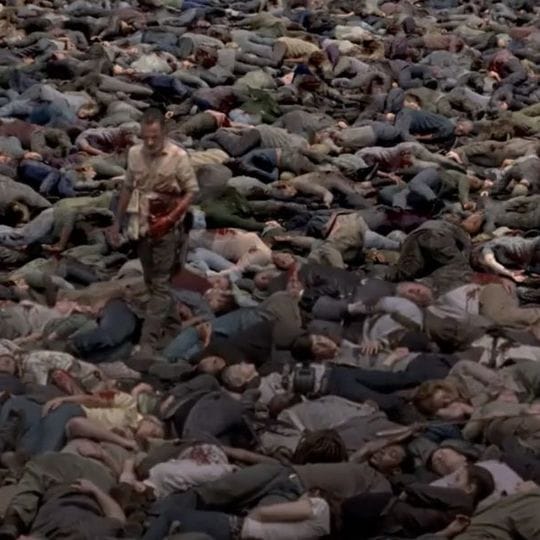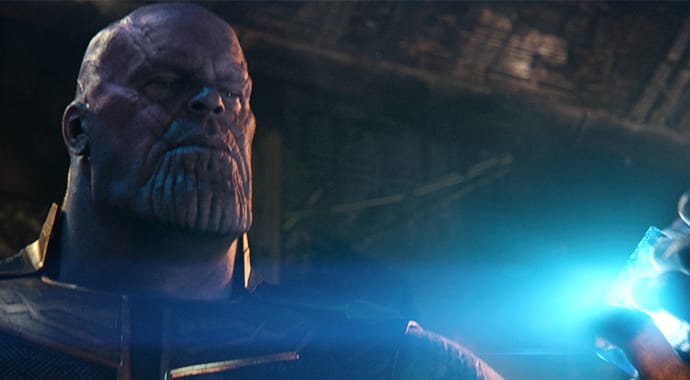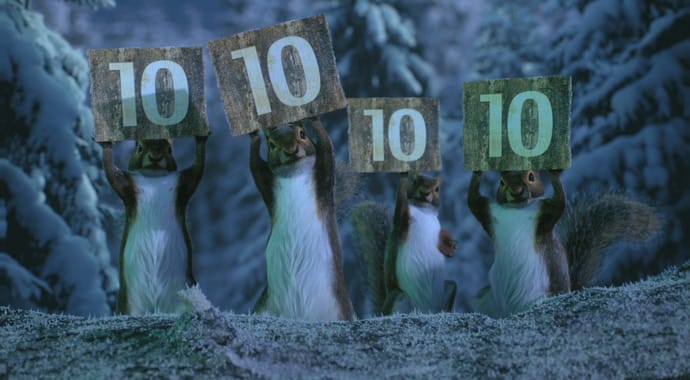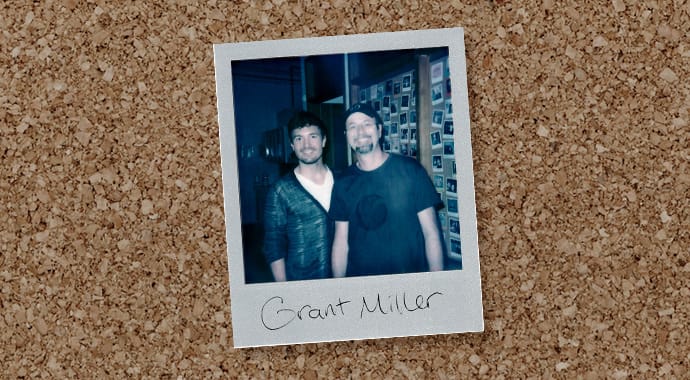Ingenuity Studios knows how to knock ‘em dead. Grant Miller shares how V-Ray for Houdini helped them render a pile of 9,000 zombies for The Walking Dead.
Ingenuity Studios was founded in 2004 as a one-man shop crafting music videos. From there, the studio has grown and expanded into CG and VFX work for commercials, film and television. Today, Ingenuity Studios houses 100 people across offices in New York and Los Angeles and tackles an unusually wide variety of work — everything from Pixar-style animation and graphics-heavy music videos to photorealistic digital doubles and blockbuster FX work. And the client list is seriously impressive, too: Netflix, Marvel, Fox, ABC, NBC, New Line and Blumhouse, to name a few.
When a horde of zombies came knocking at Ingenuity Studios’ door, the timing was perfect. Having impressed The Walking Dead VFX Supervisor Aaron McLane with their work on the pyramid of Taylor Swifts in the “Look What You Made Me Do” music video, Ingenuity was the number one studio to tackle the zombie-field scene (season 9, episode 5). And with V-Ray for Houdini on their side, Ingenuity was able to work smart and fast on the several-hundred-frame opening shot.
Grant Miller, Partner and VFX Supervisor at Ingenuity Studios in Los Angeles tells us how they wiped 9,000 bodies out for The Walking Dead and how V-Ray for Houdini also helped bring Taylor Swift’s “Look What You Made Me Do” music video to life.
The Walking Dead breakdown by Ingenuity Studios showcases over 9,000 bodies scattered on the field to create multiple layers of corpses.
You test-drove V-Ray for Houdini while you were working on Taylor Swift’s “Look What You Made Me Do” music video. How did that project come about and how does it feel to have had your work seen by almost a billion YouTube viewers?
Grant Miller: We've been fortunate enough to work on several of Taylor's billion-view videos, including “Blank Space” and “Bad Blood,” so the real rush with “Look What You Made Me Do” was how quickly the views were coming in; we were at over 40 million after the first day!
Taylor had had a pretty long hiatus before that video, so it was great to get back together with her and her team. She's one of the nicest and hardest working celebrities I know and her jobs are always special because we know there will be so many eyes on our work.
All of the snakes in Taylor Swift’s “Look What You Made Me Do” music video were rendered in V-Ray for Houdini.
What were the specific scenes/sequences that you brought V-Ray for Houdini in for on that project, and how did you feel about the results?
GM: All of the snakes in the video were rendered in V-Ray for Houdini. Each snake is actually made up of thousands of instanced scales all shaded via data on the corresponding points. We wanted to do individual geometry for each scale so they could deform and separate as they would in real life. We were very pleased with the outcome and simply wouldn't have been able to accomplish the same level of visual fidelity in Maya.
How was your early experience using V-Ray for Houdini for a commercial project, and how did your beta-testing and feedback help the Chaos team improve the product during that time?
GM: We jumped on the Houdini beta very early as we were eager to move away from doing scene assembly in Maya. Houdini's procedural environment allows for far greater control over instances, and the look dev on volumes and other FX work is a much tighter loop.
We saw a ton of really great improvements over the course of the beta: export times for instance-heavy scenes were sped up by over 100 times; support for crowds and hair improved — and the development pace and support were just fantastic.
What are you most excited about with V-Ray for Houdini, beta 2? And what are the key improvements that have built your confidence in the product as a part of your pipeline?
GM: It's great to see so many core features working nicely now; I'm really looking forward to the developers being able to focus on polish and stability. With regards to improvements, I can't speak enough to the responsiveness of the team at Chaos. They turned around countless features and bug fixes in incredible time. Their dedication to making V-Ray for Houdini a first-class integration is definitely a big source of confidence.
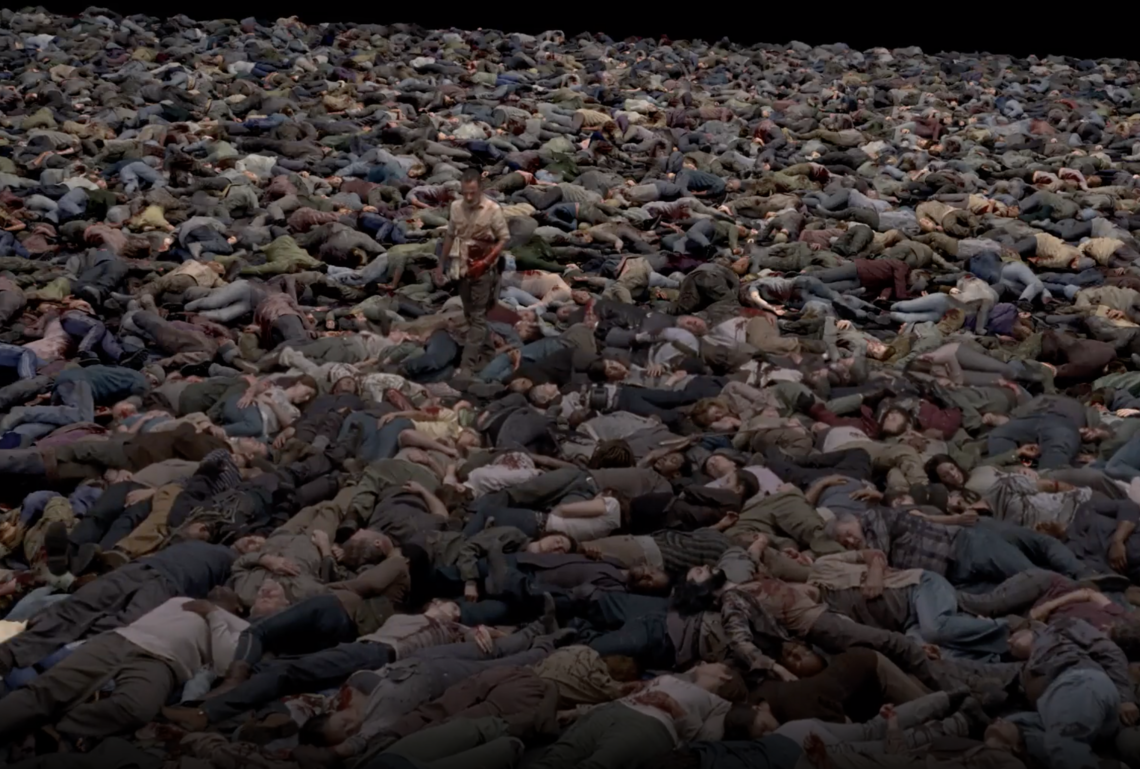
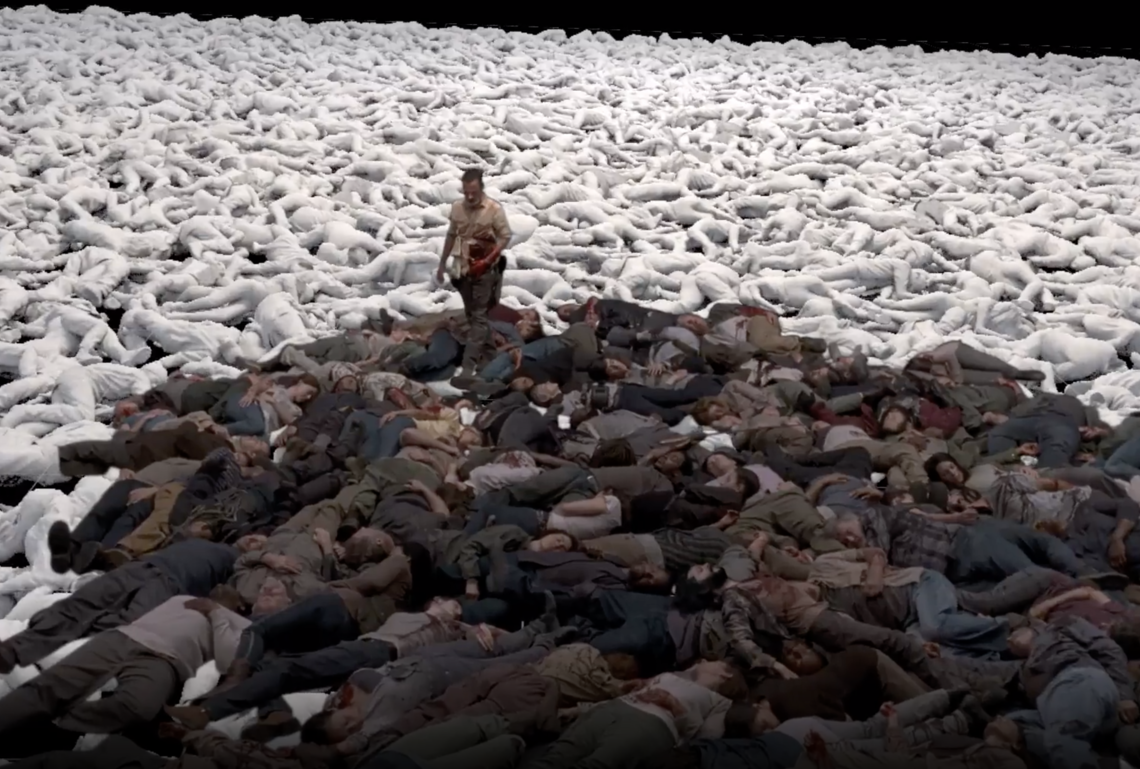


Ingenuity Studios used Houdini to scatter bodies on an art-directed terrain mesh which was then rendered in V-Ray.
You have many impressive crowd simulations in your showreel — and you’ve just worked on The Walking Dead, too! How did this project land at your door and just how many degenerating bodies did you have to work with?
GM: We do a variety of CG and FX work for The Walking Dead, so when the field of bodies scene came up show-side, VFX Supervisor Aaron McLane — who was familiar with our work on the pyramid of Taylor Swifts for “Look What You Made Me Do” — felt like we'd be a great fit.
Over 9,000 bodies were scattered on the field to create multiple layers of corpses. We were able to make intelligent use of instancing to keep render times low — a key to success given that the opening shot was several hundred frames long.
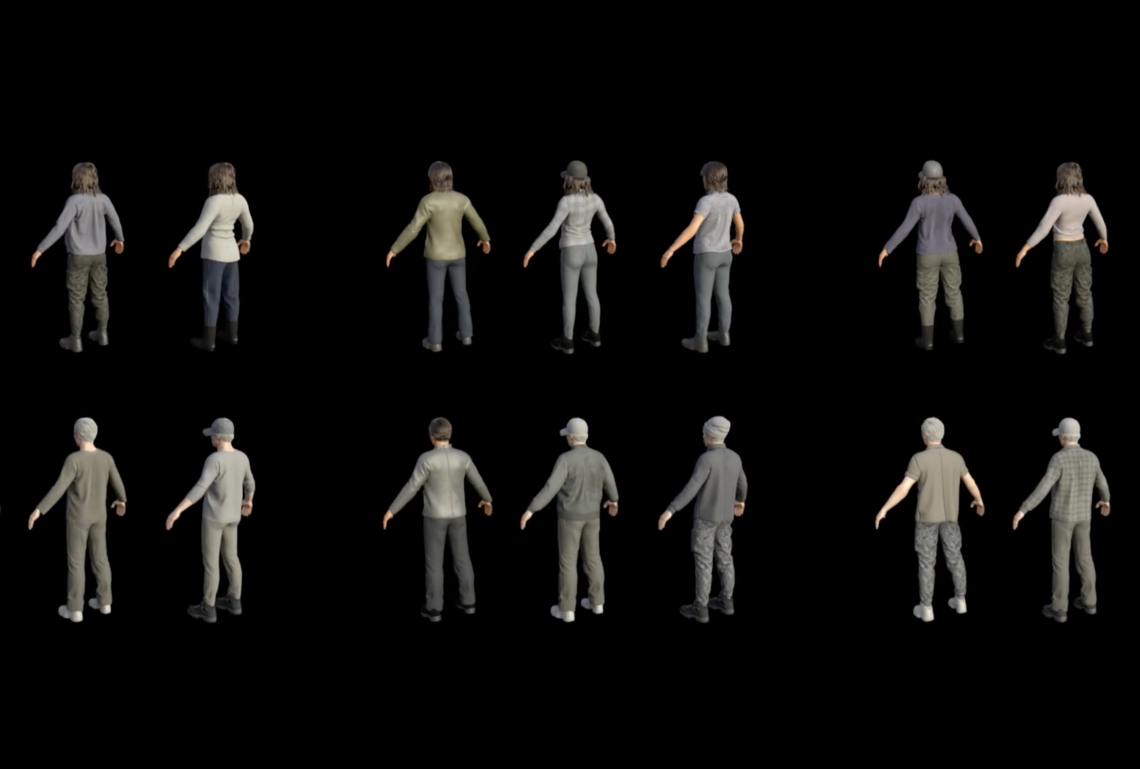
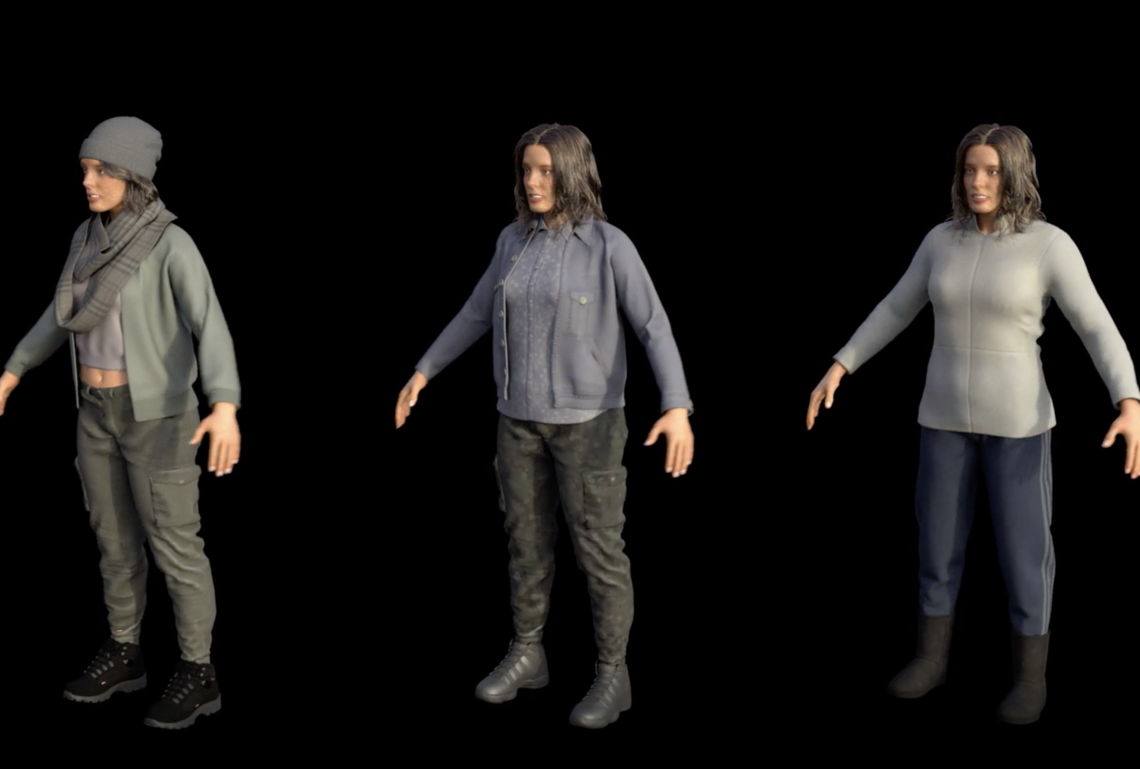


Characters ranged from 500k to 900k polys and were posed by the animation team with clothes and hair simulated into place.
How did V-Ray for Houdini handle the task (and geometry!) at hand and what level of detail was required for the VFX shots that you handled in The Walking Dead?
GM: Characters ranged from 500k to 900k polys, depending on their outfit and hairstyle. The bodies were posed by the animation team and then their clothes and hair were simulated into place and touched up in ZBrush.
After the bluescreen foreground elements were keyed and tracked, we used Houdini to scatter the bodies on an art-directed terrain mesh. Since the bodies were still instanced, we didn't have to use any LoDs; V-Ray rendered the six-billion-plus poly scene — complete with rolling volumetric fog — just fine.
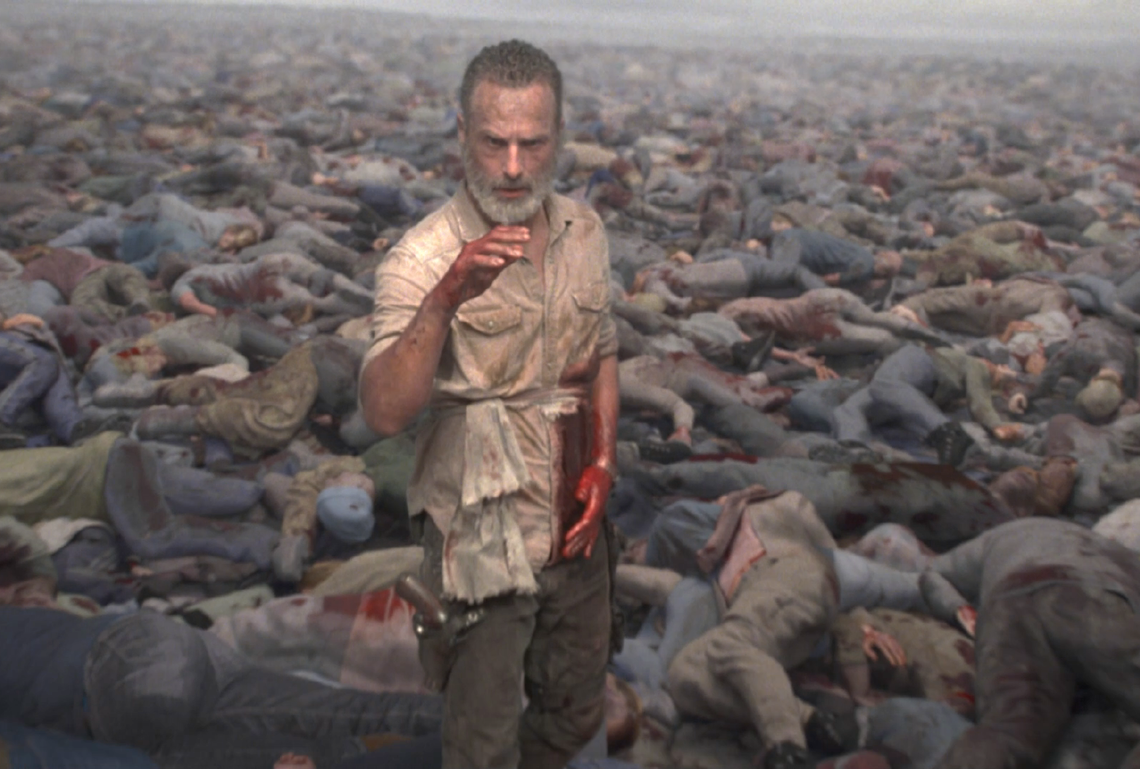
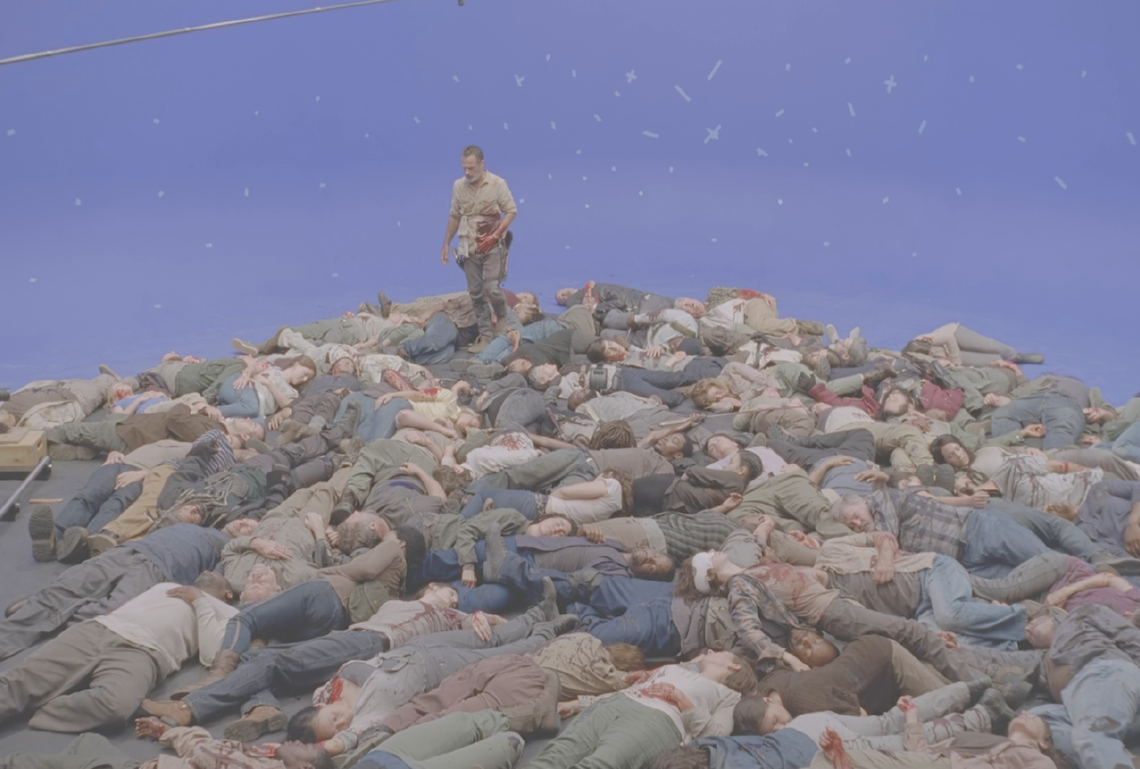
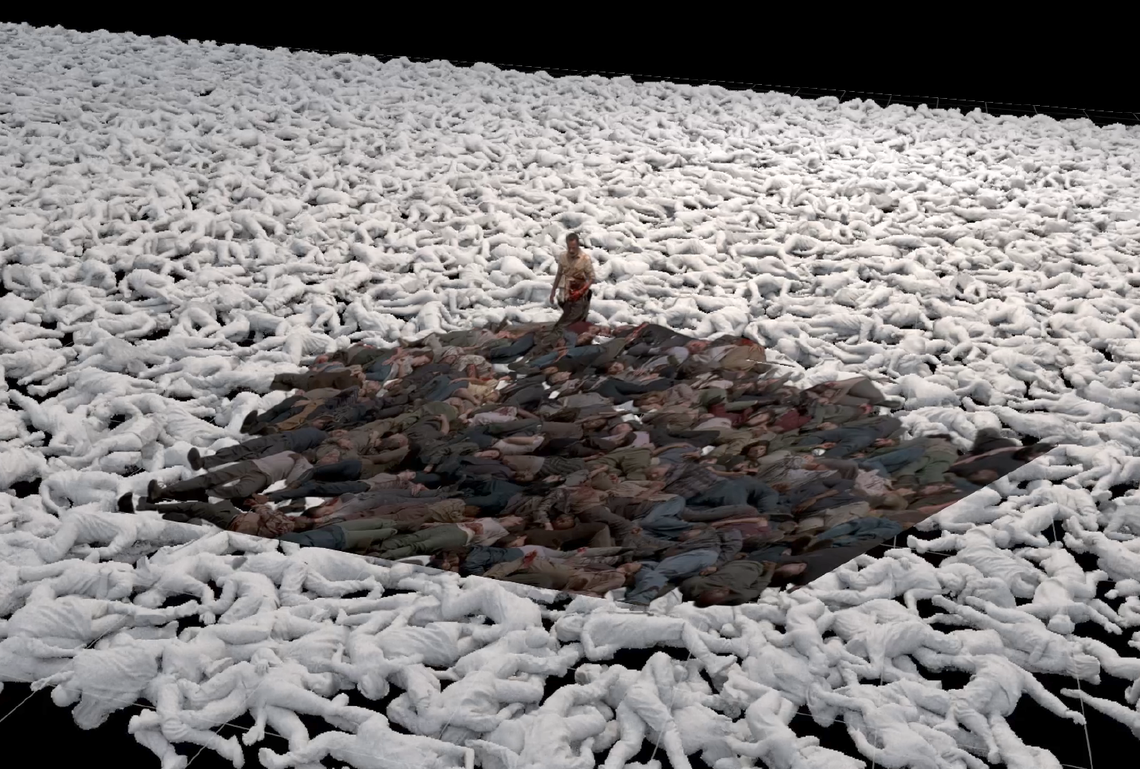
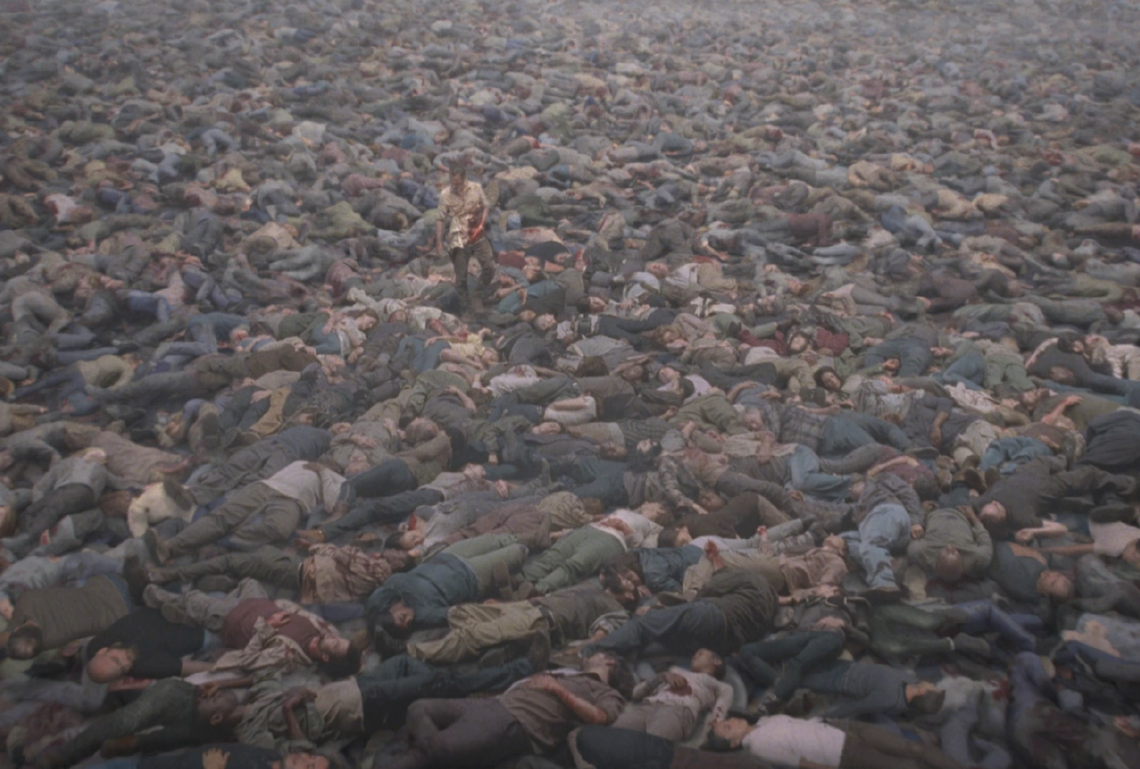


V-Ray effortlessly rendered Ingenuity’s six-billion-plus poly scene for The Walking Dead — complete with rolling volumetric fog and a digimatte sky to complete the shots.
“Every time we deliver on a seemingly impossible deadline it becomes the new standard for how much time we need, so we've had no choice over the years but to get faster in order to keep up. Thankfully, the developers keep finding ways to make V-Ray twice as fast every release, which helps!”
Grant Miller, Ingenuity Studios
How does VFX for film, TV, commercials — and music videos — differ? Or not differ? What are the expectations/demands from your clients these days and how are your software choices helping you stay up to the task?
GM: There are definite differences between the various categories of work, but I'd say a good portion of those differences vary from client to client as well. With films, we generally have a longer timeline and our work evolves along with the film, so the trick becomes staying on budget through the creative process.
In music videos, the turnarounds are borderline insane — as in, you're "lucky" to get two weeks — and the budgets are very tight, but there's much more trust placed in the VFX company to do a great job, so more of that money ends up on screen rather than being lost to revisions.
Commercials and TV fall somewhere in between, respectively, but we've really found our television clients to be great at looping us in early for big sequences — which, again, gets you more bang for your buck.
Software-wise, speed has always been crucial for all our projects. Every time we deliver on a seemingly impossible deadline it becomes the new standard for how much time we need, so we've had no choice over the years but to get faster in order to keep up. Thankfully, the developers keep finding ways to make V-Ray twice as fast every release, which helps!
Can you talk a little about the hardware you use to render with V-Ray for Houdini? Do you render everything in-house or do you make use of any render farm or cloud-rendering services?
GM: We have a 1,600 core in-house farm that's roughly doubled overnight by the artist workstations. We've tested V-Ray Cloud and are immensely pleased with its ease of use — something every other cloud-rendering service seems to miss. We're waiting on support for the .vrscene per frame workflow, which will allow us to integrate it nicely into our pipeline.
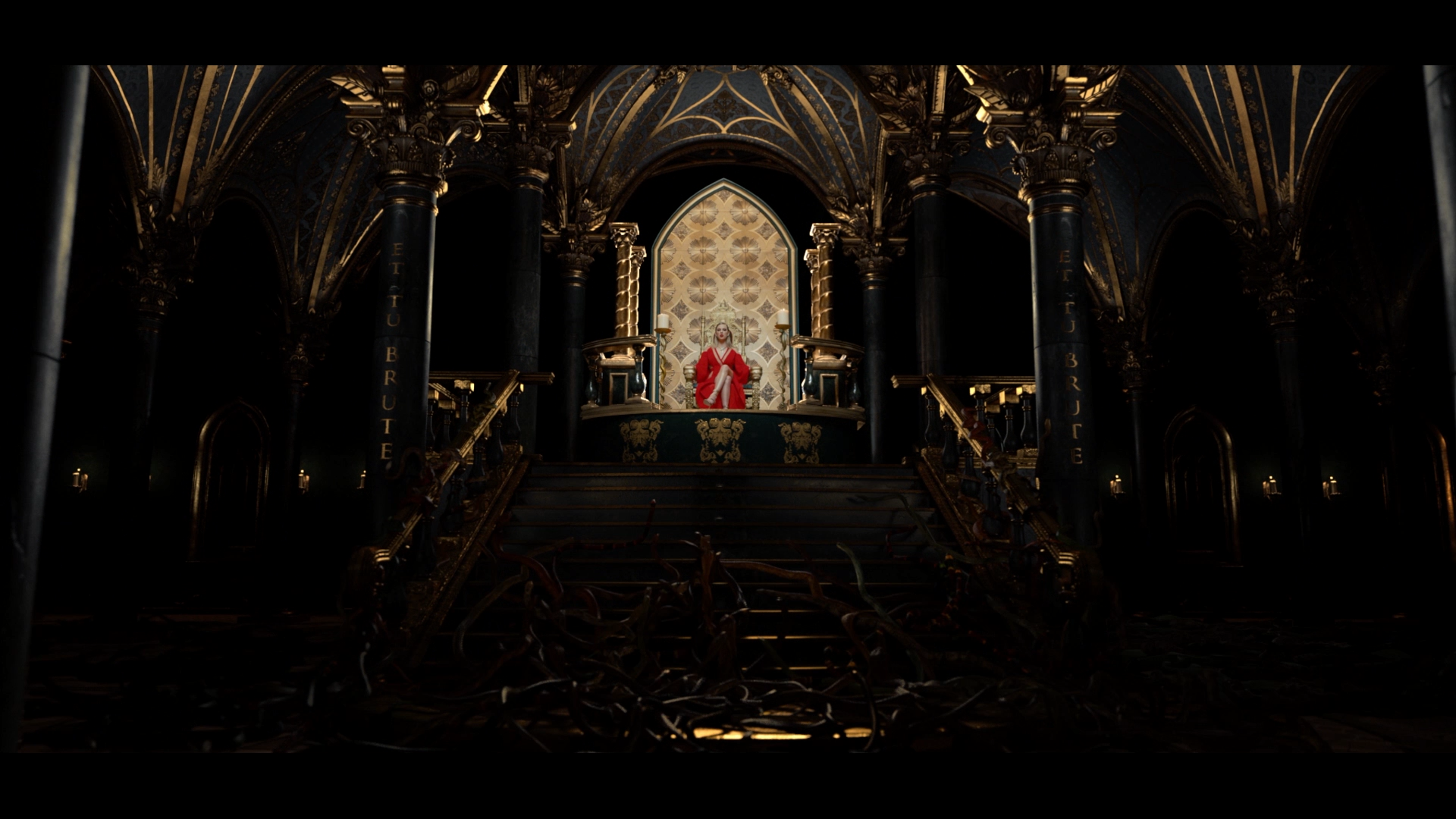
The snakes in Taylor Swift’s “Look What You Made Me Do” billion-view music video helped Ingenuity land the zombie-field scene in season 9, episode 5 of The Walking Dead.
For those looking to test-drive V-Ray for Houdini, do you have any tips or tricks you can share?
GM: V-Ray Scenes are a great way to help ease the transition to V-Ray for Houdini. If you have assets already prepped in Maya but want to do scene assembly in Houdini, just export them as .vrscene's and load them in Houdini; they'll maintain all their materials, lights, etc. The game dev tools for Houdini are great for set dressing and scattering objects around your scenes.
How do you think V-Ray for Houdini will improve workflow for artists and studios in the future? What are you excited for from the full product?
GM: I think there's going to be a real shift towards Houdini in the coming years. The SideFX guys are putting out huge features every release and really bringing the non-FX portions of the software up to speed. V-Ray's done a great job of providing deep access to all of the data that flows with a scene in Houdini, and once artists see the amount of variation and character you can put into a scene using that data, they're really blown away.
I'm really excited for V-Ray to simply feel as integrated and "native" as Mantra is in Houdini. Improving IPR responsiveness and update reliability is essential for look dev, as is stability and overall scene export speed. Feature-wise, there's very little that's missing — which is great!
What other exciting projects can we look forward to seeing from you soon?
GM: Each television season is always a wild ride of work for us; you never know what each show will need. We're doing a big set extension episode right now for Blackish on ABC — not a show you'd think of as being particularly FX-heavy. That's one of the nice parts about where we're at in the industry, though: we're able to bring big-budget VFX to smaller shows and really expand what's possible.
We're also doing some cool work on The Passage for Fox, and recently completed work on The Curse of La Llorona and Isn't It Romantic for New Line.
There's more! We talked to Grant Miller in episode 186 of the CG Garage Podcast. Listen on to hear all about how Ingenuity embraced V-Ray for Houdini from its early days as a GitHub project and how it’s streamlined their workflow. Plus, be sure to subscribe for more behind-the-scenes podcasts with industry legends.

